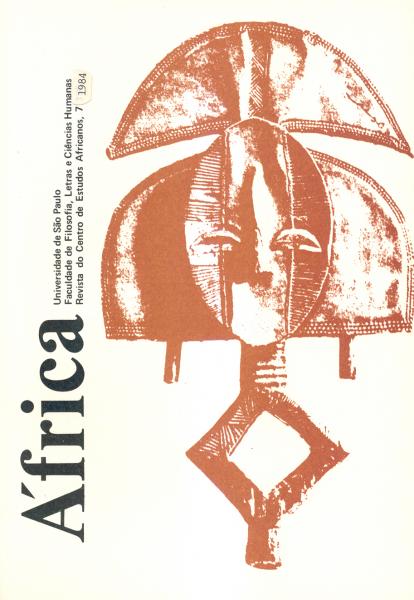The cultural construction of ilness
The case of Mukund among the Lele of Zaire
DOI:
https://doi.org/10.11606/issn.2526-303X.v0i7p115-132Resumo
The purpose of this paper is to examine a healing institution, Mukund, among the Lele of Zaire. The Lele, matrilineal and agriculturalist, are best known through the excellent works of Mary Douglas (1963; 1966) and the discussions provoked by her detailed descriptions and fine analysis in the field of kinship, symbolism and economics (e.g. de Heusch, 1971; Levi-Strauss, 1973; Sahlins, 1972). Although one can find some health-related information scattered in Douglas's discussions of Lele religion, there is no study dealing specifically with any aspect of Lele medical system. And though Mary Douglas herself notes that "the idiom of medicine so dominated their religious forms that it was often hard to distinguish two separate spheres of action" (1963: 205), she focused her interest on the religious sphere; her only paper pertaining directly on Lele ethnomedicine is a very short description of the treatment of leprosy (1954). This paper has three parts: in the first, I will discuss two presuppositions which might orient the examination of Mukund; in the second, I will describe elements of Lele medical system serving as context to Mukund; in the third part, I will examine the Mukund itself.
Downloads
Downloads
Publicado
Edição
Seção
Licença
Copyright (c) 2015 Africa (São Paulo)

Este trabalho está licenciado sob uma licença Creative Commons Attribution-NonCommercial-ShareAlike 4.0 International License.
A reprodução de qualquer dado, mesmo em resumo, de matéria contida nesta publicação, só será permitida com a citação do nome, número e o ano desta revista.




